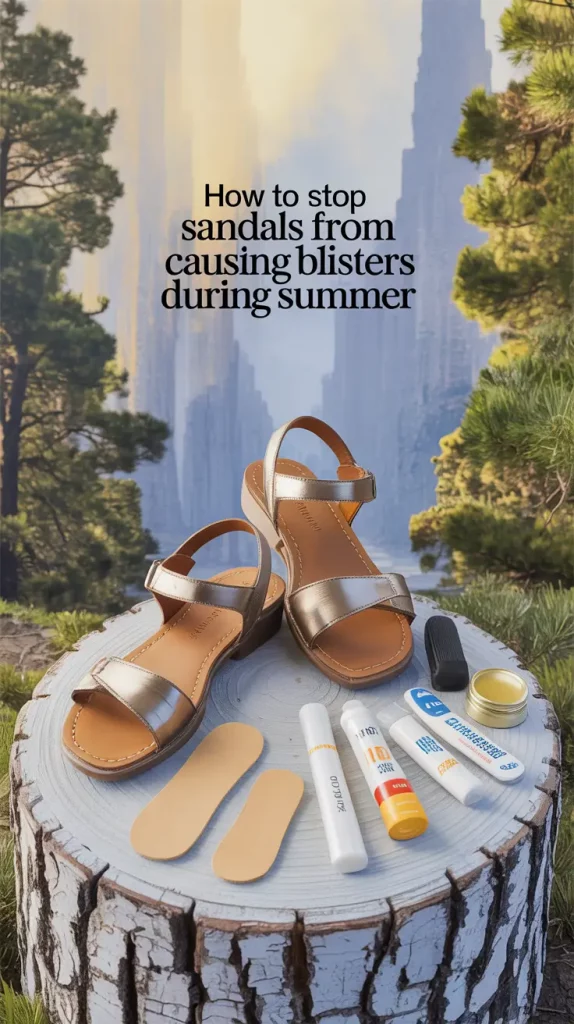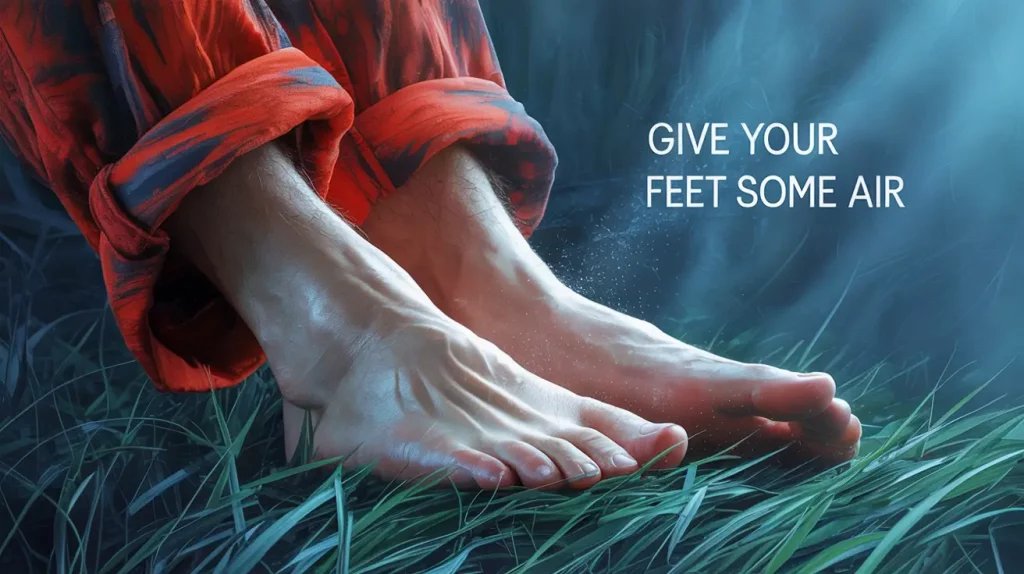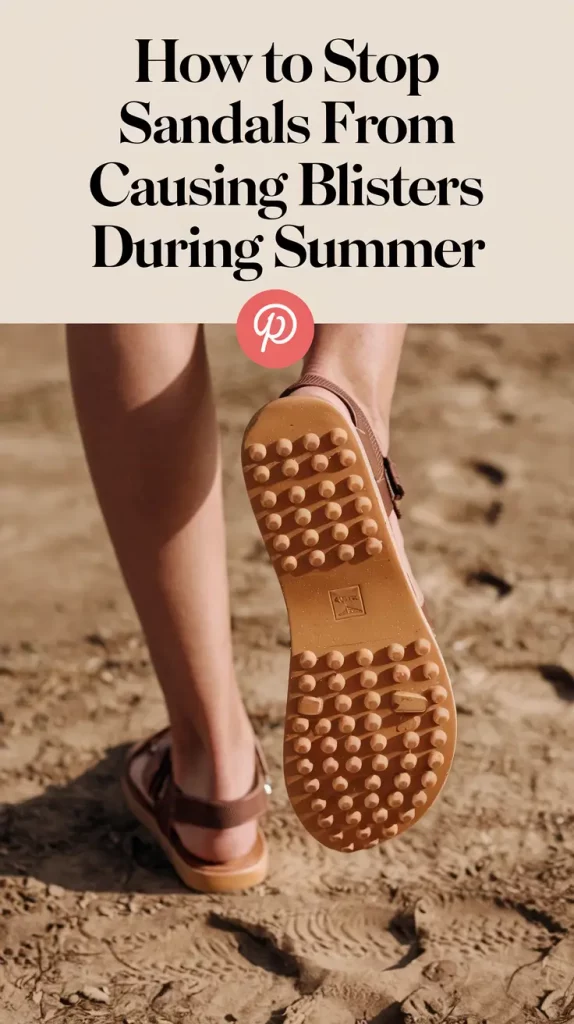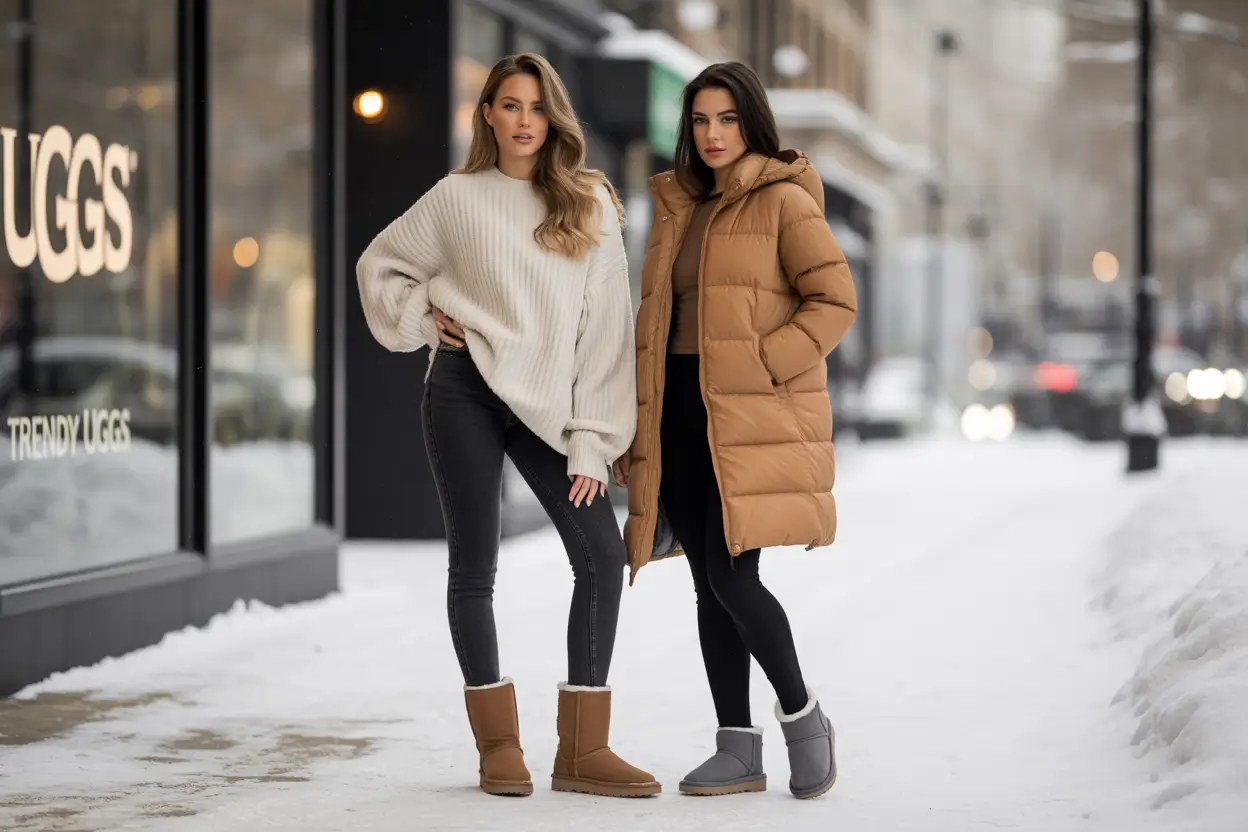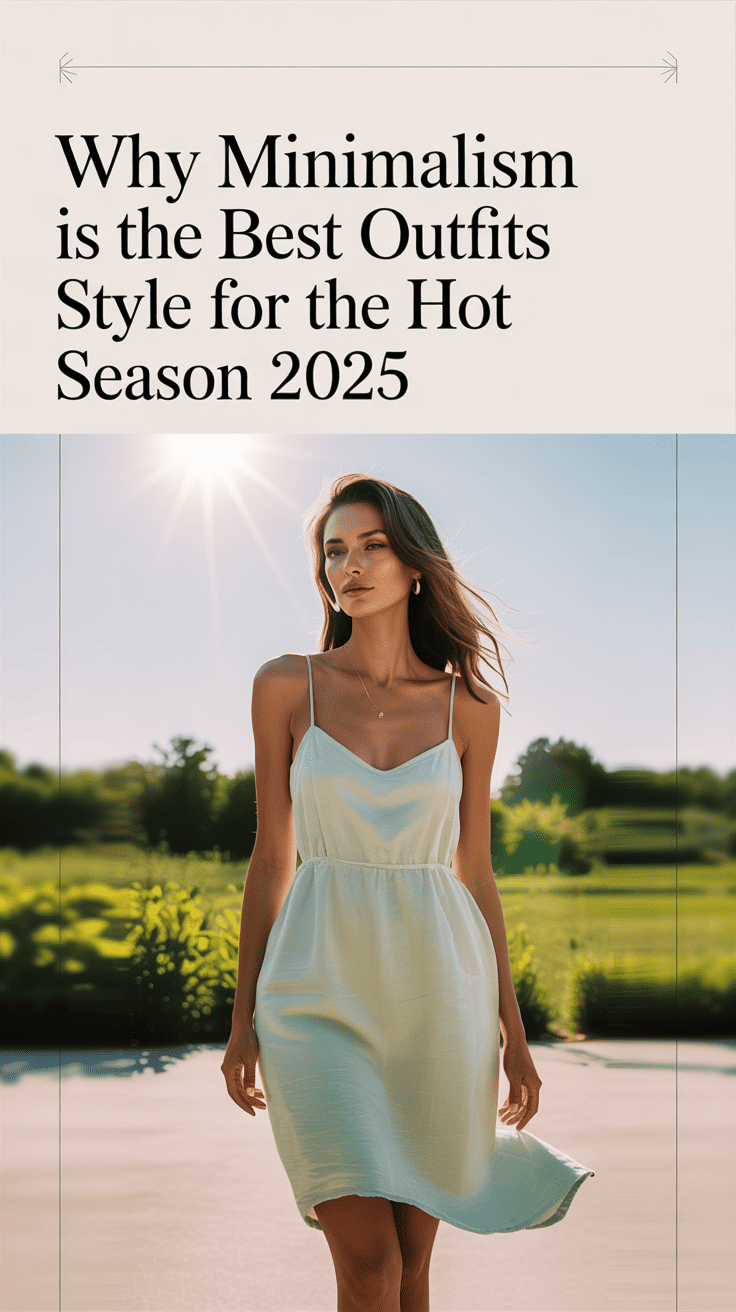How to Stop Sandals from Causing Blisters During Summer
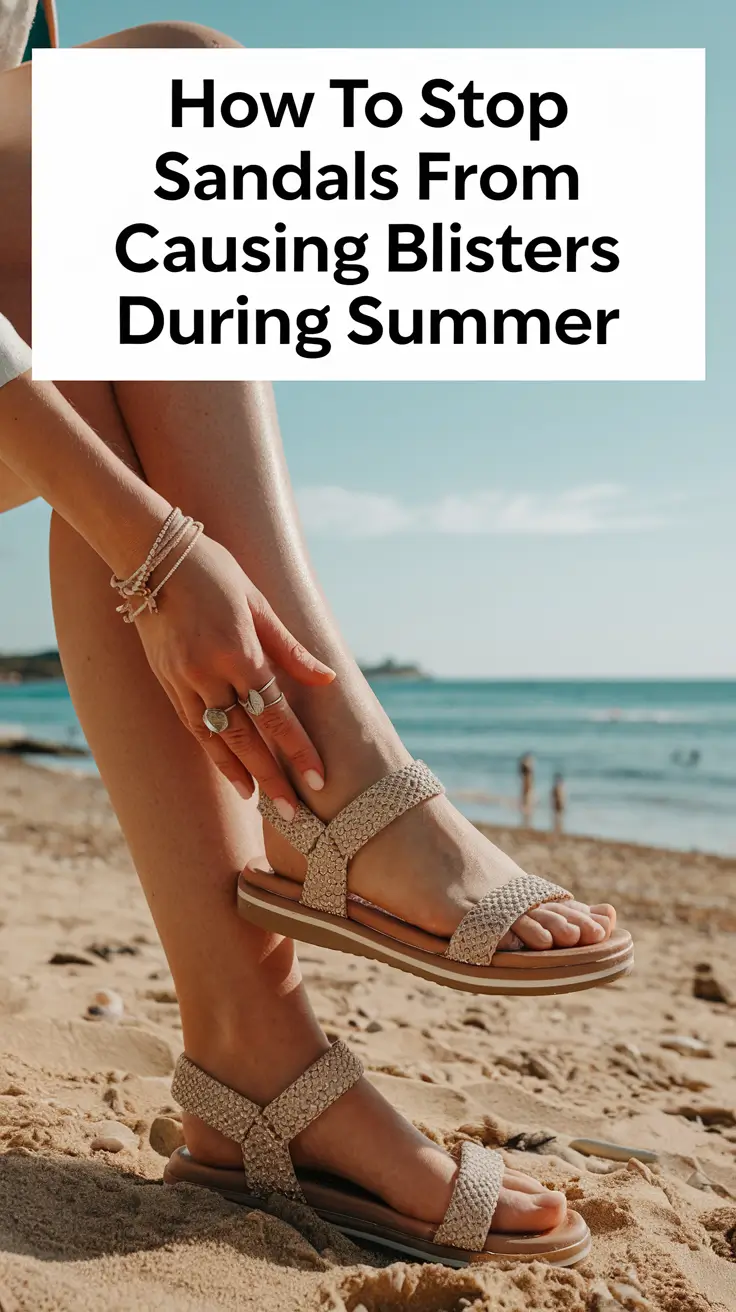
As much as we like sunny days, blisters are the silent villains. From strolls down the boardwalk to receptions, a sudden zing at the back of your heel pains more than any other agitating circumstance. Research show that almost 70% of the people suffer from blisters caused by sandals in the scorching summer season. The said figure is higher for travelers and people trying to accustom their feet into new shoes.
What can one do to reduce blisters caused from sandals in the glorious 2025?
This extensive document educates on how to prevent, treat, and in turn evade the ache entirely. You will master the efficient shopping prep work for your feet needed beforehand, in addition to modern aids such as silicone socks that help keep you comfortable and free of blisters.
Who is this document designed for?
- Individuals who frequently sport sandals in the summer
- People getting ready for the summer beach season
- The guardians picking out sandals for children
- Anyone who wishes to fearless their shoes as opposed to using them as horroprops
Now let’s explore the causes so you know what to face head on.
The Reason Summer Sandals Easily Cause Blisters
Blisters form on skin as a response from friction, heat, and moisture. In the summertime, these factors combine to form a perfect storm:
- Sweat heightens the likelihood of skin irritation
- Swelling from the heat increases rubbing of the foot against straps
- New shoes tend to be rigid and do not bend which results in
But that’s not all. A lot of sandals that are trendy nowadays are tailored to comfort. Think:
- Strappy gladiater style sandals
- Flips flops with no arch support
- Sandal sole that is thin and has no padding
Put your new sandals on only to notice you’re limping back home from work? A feeling we are all too familiar with.
Even well designed sandals made with synthetic materials, poorly fitted bulky sandals, or even pricey ones can cause discomfort.
Choosing Blister-Proof Sandals
When it comes to choosing blister-proof sandals, paying attention to materials, structure, and sizing can make all the difference in keeping your feet comfortable all summer long.
Materials Matter: What Will We Look For in 2025
- Go with leather or suede: They adapt over time.
- Don’t choose rigid synthetics: They do not allow air flow and can be painful.
- Inspect the lining: Soft microfiber linings are low-friction and help moisture.
Shape and Structure—What Styles Are Best?
- Avoid ankle straps without soft backing.
- Cushioned soles lessen impact, therefore reducing rubbing.
- More enclosed heel designs
Sizing Secrets
- Put the sandals on at the end of the day to see how they feel when your feet swell.
- Half size available with adjustable straps offer feet the space they require.
Best Sandals By Type
| Sandal Type | Blister Risk | Best For |
|---|---|---|
| Flip flops | High | Poolside, very short use |
| Sport sandals | Low | Long walks, travel |
| Heeled sandals | Medium | Indoors, events |
| Padded slides | Low | Casual everyday use |
Tip: A sandal with numerous contact points with your foot increases the chance of me rubbing.
How to Avoid Sandal Blisters
You got the correct sandals. Now, let’s make sure the blisters do not form.
1. Use Gel Pads or Cushioned Insoles
Contemporary footcare companies are selling:
- Heel pads
- Ball-of-foot cushions
- Arch Support Inserts
These increase the chances that a barrier between the skin and shoe will be created, avoiding rubbing.
2. Use Friction Blockers
Consider them as invisible socks. Use:
- Body Glide
- Vaseline
- Beeswax anti-blister balms
Put them on the most prone-to-friction body parts: heels, toes, and straps.
3. Use Silicone Foot Sleeves or Socks.
The product is ultra thin and can be sanitized for multiple uses. They provide adequate ventilation, and are mostly unnoticeable underneath footwear. Great for:
- Breaking new sandals
- Travel
- The protection of healing skin
4. Give Your Feet Some Air.
Dampness is a problem. For feet, use:
- Foot powder
- Moisture-wicking toe socks (yes, even in sandals!)
- Pants with easy to breath soles
5. Start To Break New Sandals You Buy At Home.
After purchasing never wear the sandals for a long period of time. Should try:
- Wearing the sandals indoors with socks.
- Warming parts of the sandal like using a hair drier.
- Using shoe stretch spray when necessary
6. Vary With The Sandals That You Ofen Wear.
If you continuously wear the same sandals, you would notice thinning and dark areas that appear on the sandal. Switch it up every other day to help your feet relax.
7. Hydrate And Keep Your Skin Moisturized
- Blisters are more common with dry, cracked heels.
- Shirataki provides lotion treatment with urea of shea butter for cracked heels.
- To relieve pressure on toe bones from shoes, keep toenails trimmed.
If A Blister Has Already Formed, What Should You Do?
- Wash with strong soap
- Put on curative ointment
- Place on hydrocolloid patch such as Compeed
If you really need to pop the blister? Most specialists do not recommend this. Only in the event the blister is unusually large or very painful. In case you decide to:
- Sterilize a needle.
- Drain slowly and carefully while ensuring you leave the skin intact.
- Cover the area with a bandage.
Patching Up Dry Or Torn Blisters
- Apply antiseptic spray on the patch.
- Keep the punctured surface covered and dry.
- Change to protective footwear for a couple of days.
Going on a trip? Always make sure to have mini-blister kits ready, containing plaster, ointment, tape and gauze.
Stylists And Dermatologists Tips From 2025
“If used properly, comfort can be stylish. We’re observing a move to more care-free and foot-supported brands like Vionic, Teva and Birkenstock, coming into the public fashion scene.” -samantha lowe, Footwear Trend Consultant.
What The Dermatologist has to say
Blisters are a type of injury to the skin.
“Prevention is optimal, especially when heat and friction are concerned. Silicone items and barrier creams work wonderfully.” – Dr. Mark Nguyen, Dermatologist, New York
Latest News
The infamous brand Nike is set to release its first antibacterial summer sandal line in 2025 which utilizes footbeds with silver rings to help reduce odor, infection, and even friction.
Final Thoughts: Your Blister-Free Summer Starts Now
Let’s go over the key learning points:
- The combination of friction, heat, and moisture causes blisters.
- There Are Sandals Designed to Prevent Blisters
- Tools such as gel pads and barrier creams can be optimal for some.
- If blisters occur, it is best to treat them promptly to prevent infections.
- Through summer, your feet Ensure Expert Approved Products and Strategies maintain healthy summer feet.
It’s your turn:
What’s your best tip for preventing blisters from sandals? Share your ideas for the season in the comments. You may help someone else overcome this summer sandal issue.
🔁 Share this guide with those who are sandal and foot lovers. They’ll thank you!

